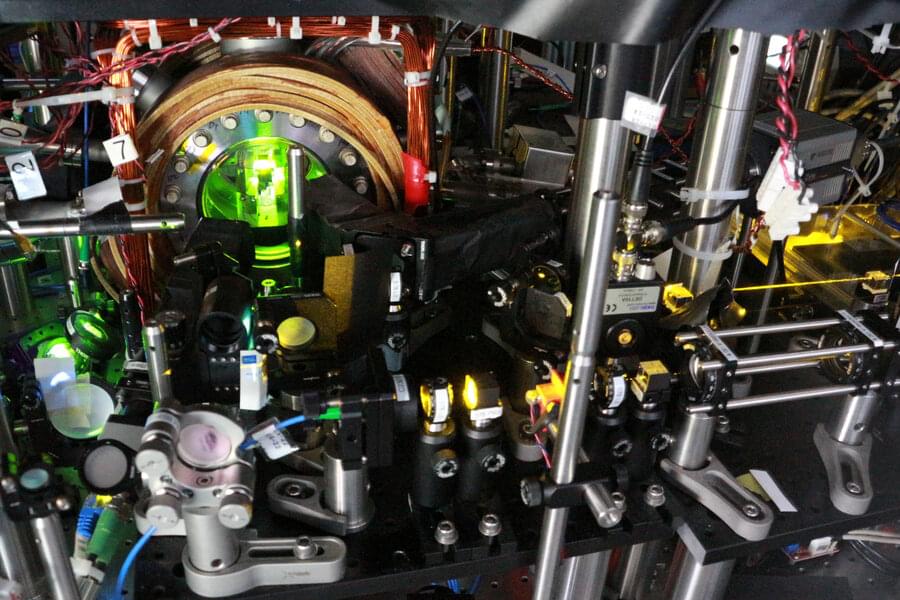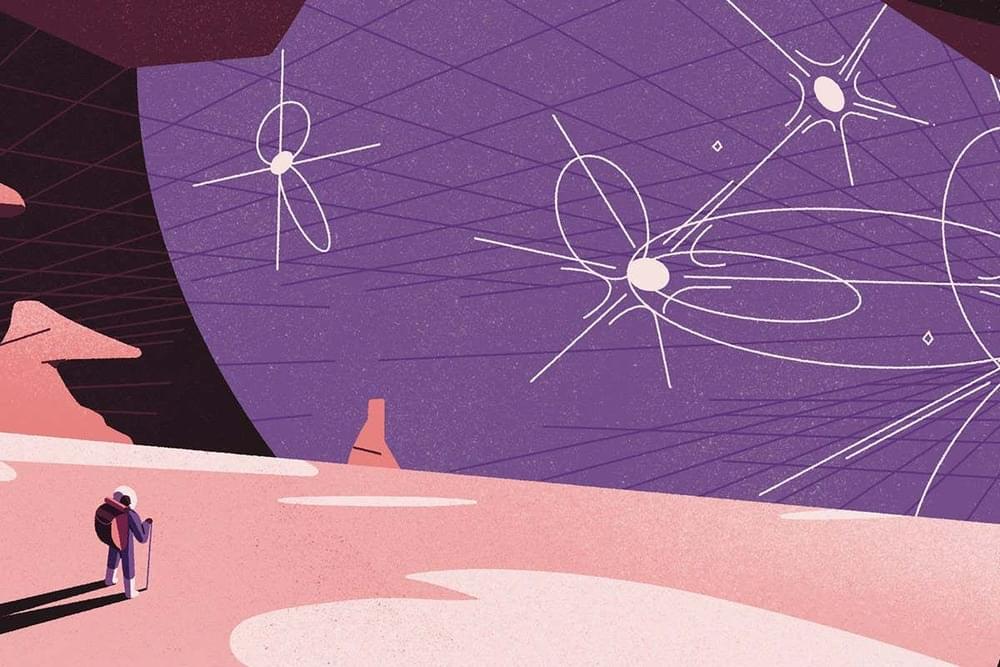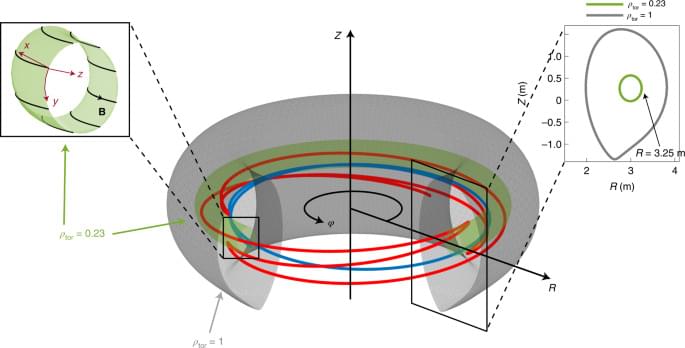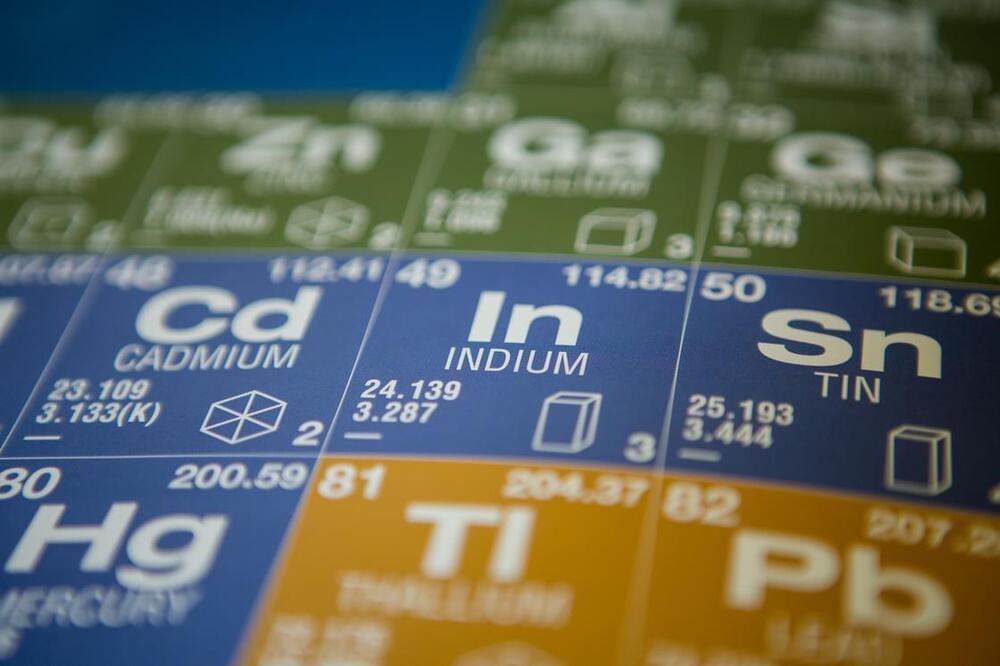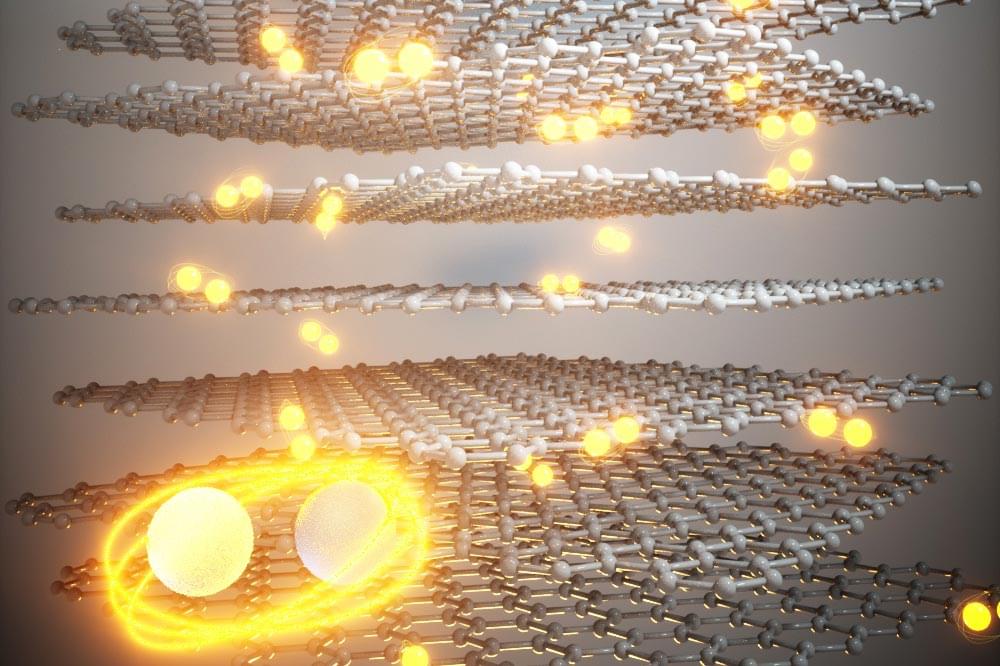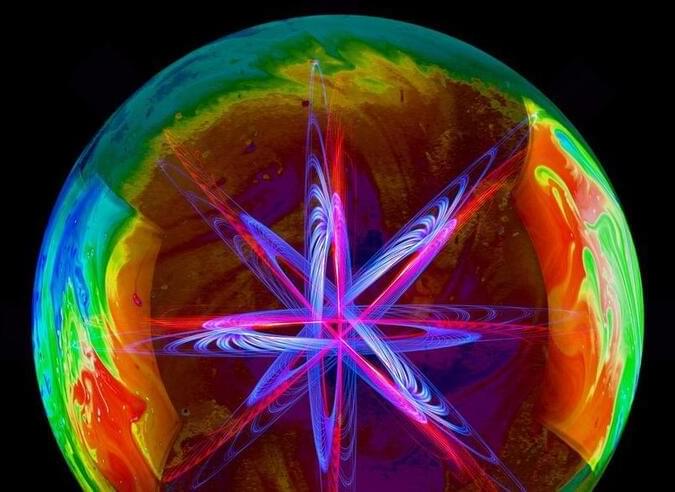Jul 16, 2022
Physicists harness quantum ‘time reversal’ to measure vibrating atoms
Posted by Saúl Morales Rodriguéz in categories: cosmology, particle physics, quantum physics
The quantum vibrations in atoms hold a miniature world of information. If scientists can accurately measure these atomic oscillations, and how they evolve over time, they can hone the precision of atomic clocks as well as quantum sensors, which are systems of atoms whose fluctuations can indicate the presence of dark matter, a passing gravitational wave, or even new, unexpected phenomena.
A major hurdle in the path toward better quantum measurements is noise from the classical world, which can easily overwhelm subtle atomic vibrations, making any changes to those vibrations devilishly hard to detect.
Now, MIT physicists have shown they can significantly amplify quantum changes in atomic vibrations, by putting the particles through two key processes: quantum entanglement and time reversal.
